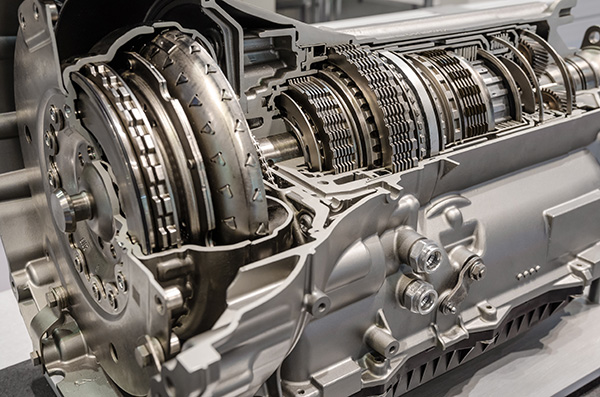
When it comes to car maintenance, transmission care often takes a backseat. Yet, your car’s transmission is an essential component that plays a significant role in your vehicle's operation. Whether you drive an automatic or manual, the transmission is responsible for transferring engine power to the wheels, allowing you to drive efficiently. So, what happens if you neglect transmission maintenance? It could lead to costly repairs and, even worse, a total transmission failure. That’s why factory-recommended transmission maintenance is essential to keeping your car running well and ensuring it lasts for many years to come.
What is Factory-Recommended Transmission Maintenance
Factory-recommended transmission maintenance refers to the guidelines set by the vehicle manufacturer for keeping the transmission in top working condition. These recommendations typically include periodic fluid checks, fluid changes, filter replacements, and sometimes complete transmission flushes.
While these services may vary depending on your vehicle’s make and model, following these instructions can help prevent premature wear and tear. Regular maintenance helps maintain optimal transmission performance, ensuring smooth shifting and preventing overheating, which can significantly extend the life of your vehicle.
Why Is Transmission Maintenance So Important
Your car's transmission works hard whether you're driving on the highway or idling at a stoplight. It endures constant strain as it shifts gears, controls power flow, and maintains the vehicle’s speed. Without proper care, these functions can become compromised, leading to sluggish performance, poor fuel economy, and expensive repairs.
By adhering to the factory-recommended transmission maintenance schedule, you help reduce the risk of problems like slipping gears, strange noises, and overheating. In Kaneohe, HI, many local drivers trust reliable auto shops for professional transmission services that follow these factory guidelines. Ignoring the need for routine maintenance could result in your transmission failing when you need it most.
Key Aspects of Transmission Maintenance
Several essential services are typically included in your vehicle’s factory-recommended transmission maintenance plan. Here are some of the most common practices:
1. Transmission Fluid Change
Transmission fluid is responsible for lubricating all the moving parts inside your transmission. Over time, it can become contaminated, causing it to lose its effectiveness. The manufacturer’s recommended fluid change interval ensures your transmission stays lubricated, preventing friction, overheating, and wear.
2. Transmission Filter Replacement
Most vehicles with automatic transmissions have a filter designed to catch dirt and debris that could clog the transmission. Replacing the filter periodically is essential to ensure that fluid can flow freely and prevent contaminants from damaging sensitive parts.
3. Fluid Flush
A transmission flush involves draining the old fluid, replacing the filter, and refilling the transmission with fresh fluid. This service is typically recommended every 30,000 to 60,000 miles, though it can vary based on your vehicle's needs. A flush helps remove harmful particles and sludge that could otherwise impair your transmission’s function.
4. Fluid Level Checks
Regular checks of the fluid level are a simple yet essential aspect of transmission maintenance. Low fluid levels can lead to transmission overheating and malfunctioning. Keeping an eye on the fluid ensures that your transmission remains lubricated and cool, minimizing wear and preventing costly damage.
How Often Should You Perform Transmission Maintenance
The frequency of transmission maintenance depends on several factors, including your vehicle’s age, make, model, and driving habits. Some modern cars have “lifetime” transmission fluid that doesn’t require changing as frequently, while older models may need more regular servicing. It’s important to follow the recommendations in your vehicle’s owner manual and have regular checks with your local auto service shop.
Typically, it’s advised to get a transmission fluid change every 30,000 to 60,000 miles, but always check the specific needs of your vehicle. If you drive in harsh conditions, such as stop-and-go traffic or hot climates, you may need to service your transmission more often.
The Benefits of Following Manufacturer Recommendations
Adhering to the factory-recommended transmission maintenance schedule offers several key benefits.
- Increased Lifespan: Routine maintenance helps keep your transmission running efficiently and extends its overall lifespan.
- Improved Performance: Keeping fluid clean and properly topped off ensures smooth shifting, better acceleration, and optimal fuel efficiency.
- Cost Savings:Regular maintenance can help prevent more significant issues that could result in expensive repairs or complete transmission failure.
- Enhanced Reliability: Properly maintained transmissions are less likely to fail unexpectedly, giving you peace of mind on the road.
Worried about your transmission? Visit Willy's Transmission & Air Conditioning in Kaneohe, HI, for a thorough inspection and maintenance services. We follow all factory recommendations to keep your car running like new.